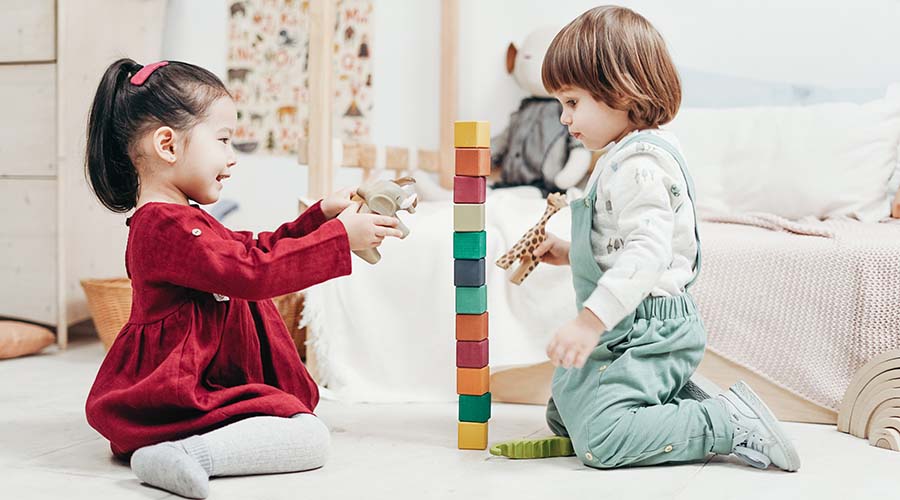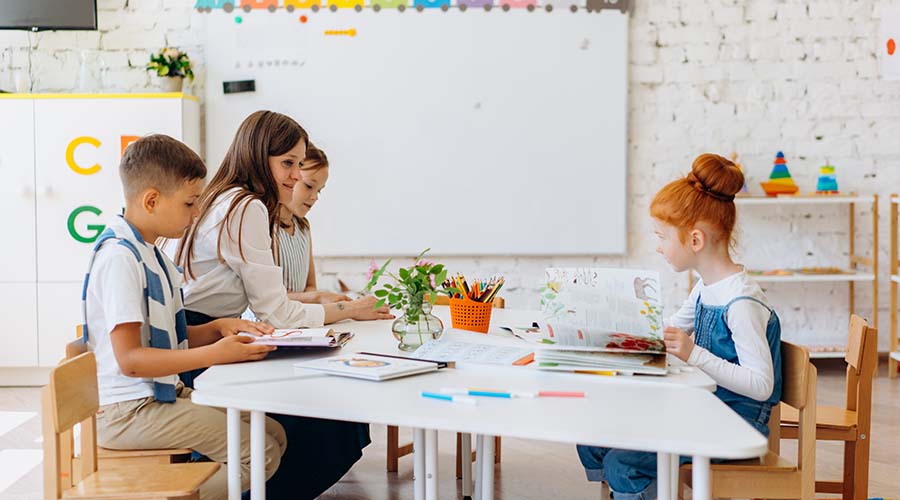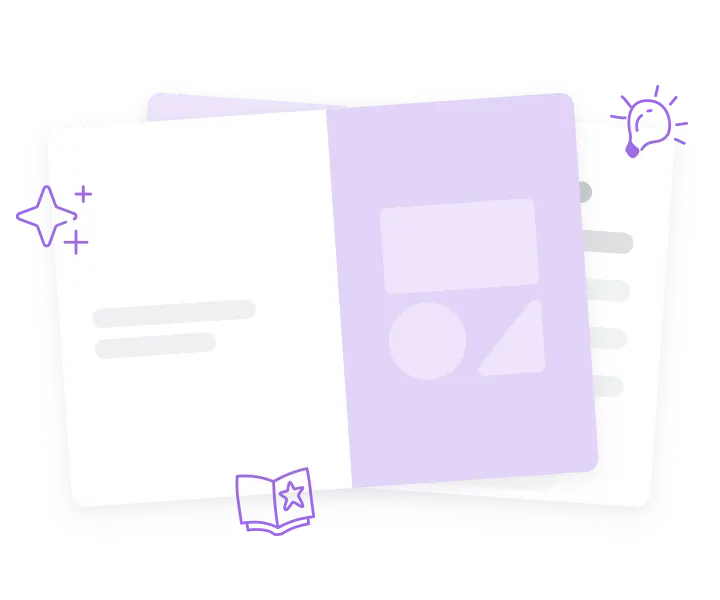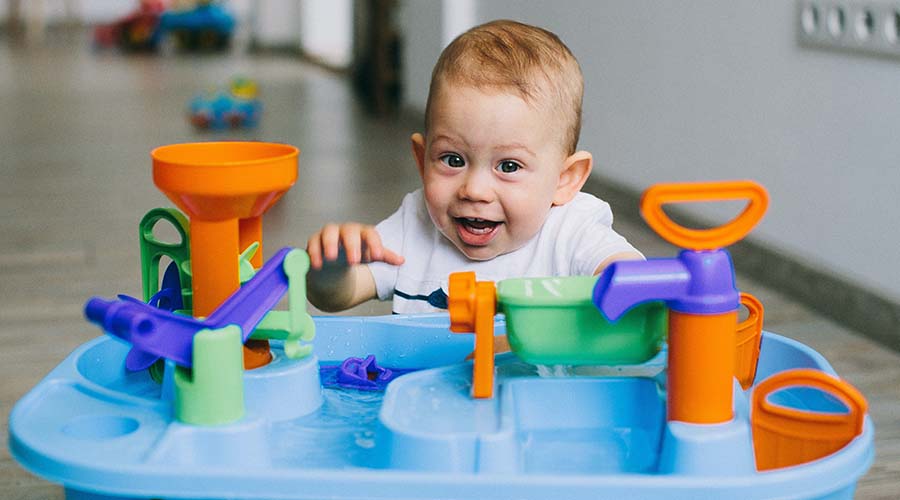settings
children
With Famly since
In the jargon of early childhood education, we hear a philosophical debate between the value of STEM vs. SEL. Should we teach science, technology, engineering, and mathematics skills (STEM)? Or should we focus on social emotional learning (SEL)?
For some, the social emotional learning wins, with the rationale that children need to develop a sense of self awareness and healthy relationship skills before they can tackle more concrete academics. For others, it’s the opposite.
I’d like to propose that we can and must do both at the same time. Solving problems and encouraging academic performance requires relationship skills. So in this article, I'll explore how social emotional learning encourages success in STEM subjects, and vice versa. Early childhood educators play a critical role in this balance — so we'll look at how it plays out in everyday classroom scenarios.
But before we look at STEM and SEL programs work in action, let’s take a moment to look at what the two terms really mean.

What does STEM mean in early education?
The acronym ‘STEM’ refers to four disciplines that you might not associate with young children — at least, not in a professional sense.
1. Science
2. Technology
3. Engineering
4. Math
Defining and promoting ‘STEM’ skills is a relatively new concept, which came from a concern that we needed to prepare children more for life in a more tech-oriented world. But children are little scientists by nature — they have been exploring these ideas before we even had the STEM label.
The point of STEM in early education isn’t to put children in little lab coats, and lecture them on the properties of chemical formulas. Rather, it's to guide children's explorations and discoveries of how the world works, giving them encouragement and providing them with the relevant vocabulary.
It sounds like this at the water table: “Oh, Jason, if we put all the pebbles in this container, do you think the water will still end up at the top?”
Or, in the block area, we would see the teacher adding pulleys to encourage children to build more complex structures, and learning to solve problems using fundamental engineering and physics skills.
The thing is, this sort of problem-solving shines best when supported with social skills. Children need to learn to manage stress, practice impulse control, and work as a team when they're tackling STEM subjects.
That's why we’ve got to look at social emotional learning, too.
What does social emotional learning mean in early education?
Social emotional learning, or SEL, refers to our interpersonal skills. SEL includes skills like self-awareness, impulse control, self esteem, empathy, friendship, conflict resolution, honesty, responsibility and gratitude. These qualities are what enable children to build positive relationships.
Social awareness helps us know ourselves, then to understand others, and then to adapt our behaviors to live in a caring and respectful society.
There are plenty of opportunities for teaching SEL in early education. On a daily basis, that might look like:
- Learning to share physical space at circle time so everyone can see the story book
- Learning to say thank you when your classmate hands you the toy truck you have been patiently waiting for
- Showing empathy for a friend who is upset.
STEM learning is technical in nature. Children explore ideas while they make things. At the end, there is a concrete physical object or action, be it measuring the size of pumpkins, or figuring out if rocks sink or float.
By comparison, social emotional skills aren’t always obvious, or tangible: they’re ‘soft.’
We see them in children’s personal behavior and wellbeing, such as a healthy self-identity, managing emotions, developing empathy for others, maintaining good relationships, and making responsible decisions. Teaching social emotional learning isn't about any individual lesson plan, but modeling these skills for children, and supporting them to manage emotions and identify their feelings throughout the day.

How STEM and SEL skills connect in the classroom
And we could say that these are the exact skills that scientists at NASA or in a pharmaceutical laboratory must have to be successful in their careers. Because in addition to their technical and scientific knowledge, they are usually expected to work in collaborative teams — which is where the interpersonal skills come in.
Let’s examine what it looks like for young children to practice STEM and SEL skills at the same time, and how these moments come together throughout the day.
STEM and SEL in building block play
Theo and Meena are making a road with a bridge, so they can get cars to go smoothly from one side to the other. Wooden block play is a key way for developing STEM skills in early childhood.
They run into an engineering problem: the span is too small, and the cars keep falling off. Meena gets frustrated and leaves in a huff, kicking some of the blocks. Theo is upset and looks discouraged. Fixing this is as much about the STEM techniques as it is our emotional skills.
The teacher says “ Humm, it looks like your design is not working. Let’s see, you’re trying to build a bridge, but the span is not long enough. That’s an engineering problem. How do you think you could solve it?” Theo proposes looking for longer blocks. The teacher also calls to Meena. “Meena, it looks like there is a way to fix the bridge, so it works. Could you come over and help Theo find a solution?"
Meena comes and both children continue to work on the situation. Finally, they can get the cars to drive properly. They go to the teacher and say, "Look, the road works now!” the teacher responds, “Good for you, you solved the engineering problem, and you collaborated on it. That means you worked together, bravo!”
The big ideas

STEM and SEL at story time
This week, teacher Anan is reading the well-known book The Hungry Caterpillar.
In addition to having an enjoyable story to read, she has two teaching goals on her lesson plan: nutrition and self-confidence. With the nutrition goal, she leads the children in life science exploration. She engages the children in discussing healthy foods for caterpillars and humans. Every day, they have lively discussions on eating well to grow strong.
On Friday, Anan asks the children to draw a picture with their version of what they would eat if they were a caterpillar. She writes down the words as children say them. Then she affirms the children for being creative thinkers and writers. In doing so, she builds their self-confidence as learners. While less direct, this form of affirmation is foundational to children's emotional development.

STEM and SEL at mealtime
Grilled cheese sandwiches are on the menu.
Each child gets a sandwich and a safe wood knife to cut it their sandwich. In the middle of the table, the teacher has put small colorful shapes, showing children examples of a square, triangle, rhombus, and rectangle. She names, before inviting the children to cut their sandwich in various shapes as they eat. Then, she also asks the children to compare their choices with their table companions.
These simple sandwich slices teach children their shapes, which connects to STEM in practicing the groundwork of geometry. At the same time, the deliberate invitation for children to exchange ideas in conversation helps them build better relationships and exchange ideas, which contributes to their emotional learning.
How you can combine STEM and social emotional learning with children
In these vignettes, we can see children learning STEM and SEL skills at the same time. This is because their teachers are intentional in preparing the materials, setting the environment, and in using the appropriate language for each set of skills. Combining these two areas of learning is an ongoing process, that stems from the learning moments already present in your everyday activities.
Here are some tips to include STEM and SEL in your classroom centers and outdoor play:
- When asking children questions as part of their play, introduce the vocabulary of STEM: analyze, compare, observe, investigate, wonder, measure, assess, test.
- Make sure your toy box includes simple STEM tools: clipboards, paper, pencils, tweezers, magnifying glasses, pulleys, ramps, scissors, magnets, small blocks, and mirrors.
- In your values and your conversations, introduce children to the vocabulary of SEL: collaboration, teamwork, accomplishment, responsibility, patience, honesty
- Make sure your bookshelf includes stories that explore big themes in both STEM (like experimenting, inventing and problem-solving) as well as SEL (teamwork, empathy, and emotional skills).
- Guide projects that last for several days, so children can delve deeply into the exploration and celebrate with displays that show how well they worked together.
Educators with a STEM and SEL mindset provide an integrated curriculum that addresses the whole child, and gives them a well-rounded education that pays attention to all aspects of their development. In the process, they make learning exciting and fun.
Top tips from Reynolda Preschool
Get top tips from a preschool just like yours. Hear from Reynolda Preschool on why and how they use Famly - and why they’ve never looked back.
Read their story









